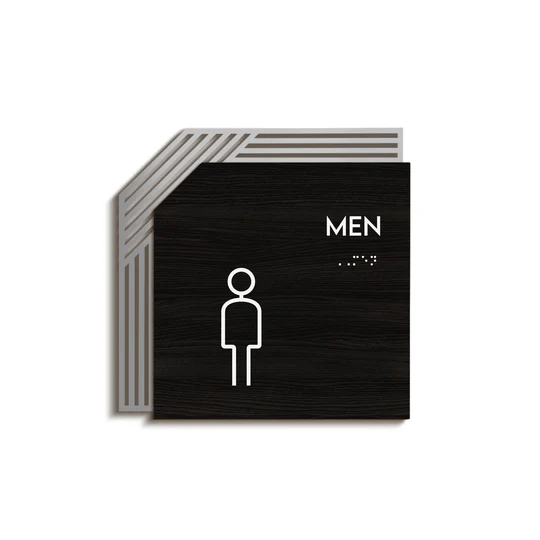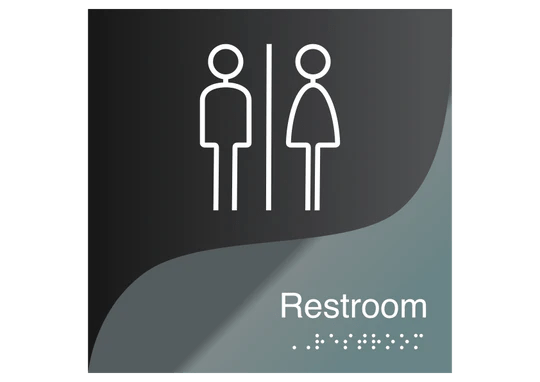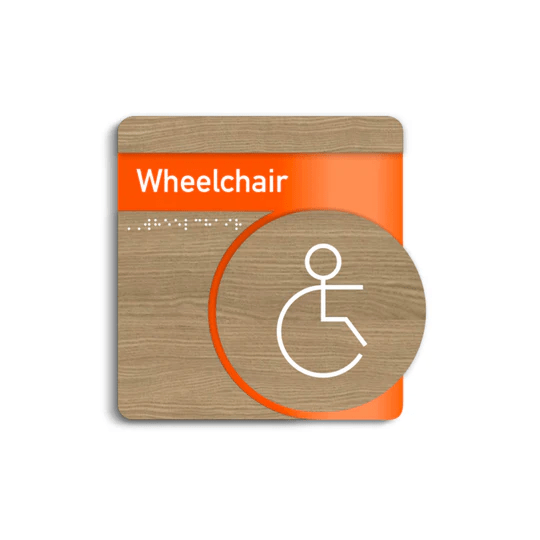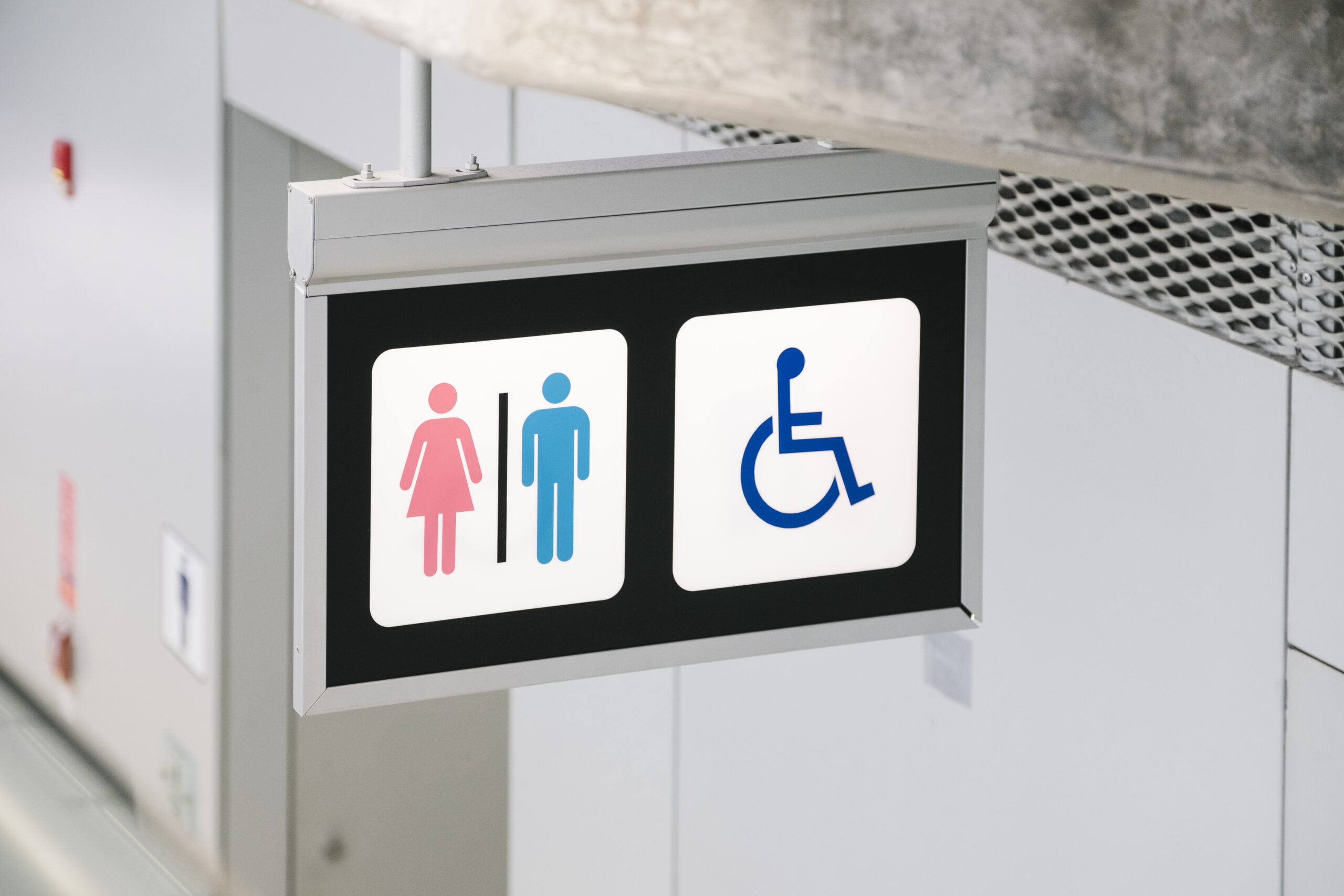If you truly take care of your customers and visitors, you want them to feel safe and comfortable all the time. Among other things, this means that you provide them with easy access to basic conveniences. Locating a toilet is one of those conveniences, which is assured with the help of toilet signs.
We all know that the best toilet signs are available to buy at Bsign Store. However, how often have you thought of the history and peculiarities of those signs? Although it is impossible to imagine modern life without them, they still seem quite insignificant interior elements. Here we have a few interesting facts about toilet signs that might change your perception of these simple inventories.

Toilet Signs Appeared a Long Time Ago
We all know that the first house exterior signs appeared around the Middle Ages. Their purpose was to indicate houses with symbols in order to make them easy to identify for post offices and other local authorities. The interesting fact is that toilet signs appeared long ago in house exterior signs.
It is reported that even at the time of ancient civilization, people used to apply simple symbols to mark lavatories and bathing facilities. Considering that at that time many of those facilities were public, those symbols were widely recognizable and served the same purpose as modern toilet signs do.
Documented Use of Male and Female Toilet Symbols is not as Old
Although toilet signs are quite old, gender segregation was not a common thing before the 19th century. However, even then they did not use male and female toilet symbols we are used to these days. It is believed that in the 19th century, in order to make a difference between men’s and women’s restrooms, the purpose of the area was written on the plaque.

It is believed that internationally recognizable male and female symbols for toilet signs appeared around the 1960s, namely during the 1964 Olympics in Tokyo. Before that event, countries all over the world had their method of identifying men’s and women’s restrooms, and so authorities wanted to come up with something that would not be confusing for foreigners. As we can see, their invention appeared to be pretty effective, as these pictograms are being actively used these days as well.
Modern Toilet Signs Have to be ADA-Compliant

It is very sad to explore that before the 20th century, neither authorities nor society paid the necessary attention to disabled individuals. It becomes evident when you find out that the Americans with Disabilities Act was signed into federal law only in 1990.
Among other things, the ADA regulates permanent areas within public spaces as having to be marked with ADA-compliant signs. Restrooms fall into this category, so public restroom signs have to comply with the following criteria:
- High-contrasting colors;
- Eye-level height placement;
- Simple font;
- Tactile characters;
Now you know a little bit more about the history and modern use of toilet signs. We hope that this knowledge will help you to use this inventory properly and provide all your visitors with equal access to a comfortable setting.














